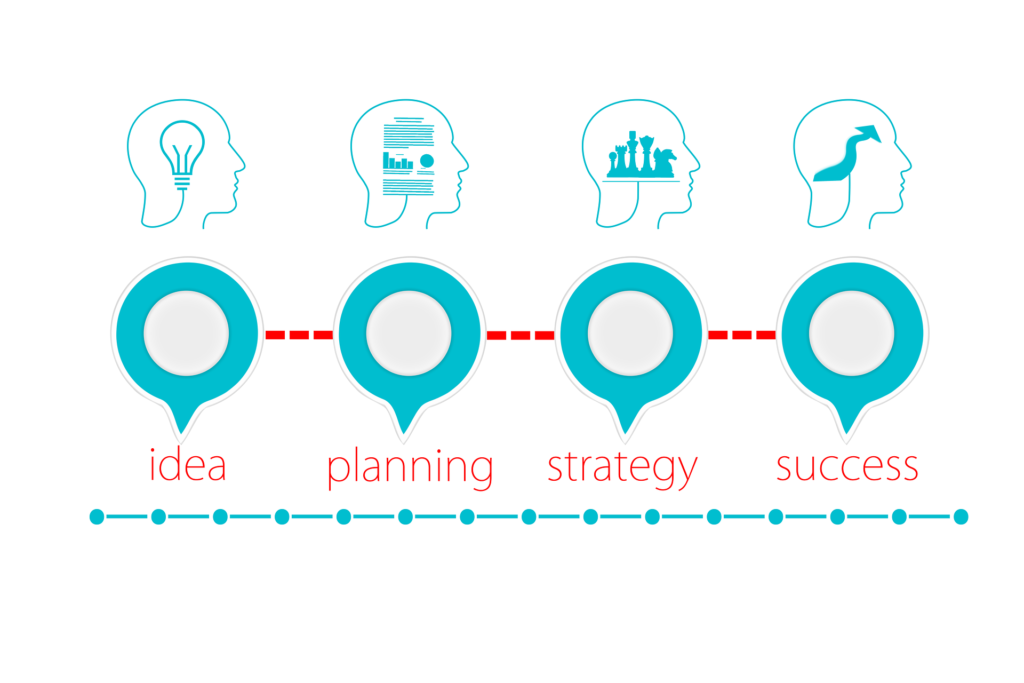Systems Approach in Teaching

Table of Contents
Introduction
The Systems Approach is one of the methodological trend in modern science that was born of the need to find a way out of the crisis in scientific knowledge. It was initially developed in the areas of industry and management but subsequently it was introduced in education.
Systems Approach in Teaching
Systems Approach is a rational problem solving method of analysing the educational process and making it more effective. It focusses on the student and the performance acquired by him/her.
System
System may be defined as regularly interacting or independent group of items forming a unified whole. It may also be defined as ” a methodologically arranged set of ideas, principles, methods or procedure”.
Educational Instructional System
In education, ‘System’ incorporates all aspects and parts like pupils, teachers, curriculum, content, instructional materials, instructional strategies, physical environment and the evaluation of the instructional objectives.
Components of Educational Instructional System
Like any other system, the educational instructional system has a number of components which are as follows :-
- Input
- Resources
- Constraints
- Feedback and Evaluation
- Output (Product)
Input :- The input of this instructional system is made up of students who are under certain transformations during the process but who may also be regarded as the products (output).
Resources :- The time, energy spent by the teacher on preparation for himself and for his students, the time and energy expended by the students in learning, the teaching materials, accommodations, all constitute resources.
Constraints :- Regulations, size of the class, the teacher’s level of training etc, in other words, the general conditions governing the institutional, social, cultural, economic environments represents constraints.
Feedback and Evaluation :- How students answer their teacher, their reactions, reactions of parents, provide the teacher with the information from which he can assess the results of his efforts and change of his strategy accordingly. This return flow of information is called feedback.
Output (Product) :- The product or output in this case is “what has to be learned”. The product results from the activities of the class i.e. from interactions between the teacher, the students, the resources and the constraints via the teaching method used.

Stages of Systems Approach in Teaching
The purpose of systems approach is to get “the best equipment in the best place for the best people at the best time and at the best price”.
In order to use the systems approach in teaching, the instructional system designer has to go through the following steps :-
- Step 1 : Formulation of Instructional Objectives
- Step 2 : Preparation of the Evaluation Procedure
- Step 3 : Identifying Input Specifications
- Step 4 : Designing the Process Alternatives
- Step 5 : Selection of the Best Alternative
- Step 6 : Planning for Learning Experiences
- Step 7 : Try Out
- Step 8 : Revision
- Step 9 : Output

Let us discuss the steps in brief.
Step 1 : Formulations of Objectives
The formulations of objectives is an initial and important step in the development of systems approach to instructional process. The terminal behaviour which are expected from the students after going through the instructional system are the objectives of the system. The whole process of system development gets geared to achieve these objectives.
Step 2 : Preparations of Evaluation Process
For the evaluation process, following tests may be included :-
Criterion Test :- The performance of the students are tested at the end of the process. The test items forms the criteria for understanding whether all expected terminal behaviours have been achieved or not. Results of the Criterion Test provides feedback at the end of the process.
Formative Test :- Results on the formative test provide feedback to the system designer during the process and hence desired changes can be made in the process to make it more effective and efficient.
Step 3 : Identifying Input Specifications
In order to achieve the specified outcomes, the students are expected to have certain behaviours. So, system designer prepares a test to ensure that students possess the necessary input specifications.
Step 4 : Designing the Process Alternatives
Once the expected objectives have been specified, the required entry behaviour ensured, the system designer can plan the process necessary for achieving those objectives like teaching-learning methods and media to be employed etc.
Step 5 : Selection of Best Alternative
After preparing various alternatives processes, the best among them should be selected. Criteria for selecting the most appropriate are :-
- Nature of discipline and topic of the subject matter.
- Availability of resources.
- Size of group of students.
- Skill of the teacher.
Step 6 : Planning for Learning Experiences
Once the suitable alternative have been selected, the next step is to prepare the materials needed like models, techniques like questioning etc. providing appropriate learning experiences. These activities are logically arranged in order to facilitate effective learning.
Step 7 : Try Out
After the development of the Instructional System, one should find out whether the system is effective in terms of attainment of objectives. For this a test is to be conducted on a small group of students and make necessary corrections. Then it is to be tested on a large group.
Step 8 : Revision of the System
During and after every implementation of the system, data are collected. This helps to modify and improve the instructional system, it is a continuous process.
Step 9 : Outcome
It is the complete effect of the system. When the implementation is complete on macro level, the system will show its effects on respective fields.
Importance of Systems Approach
Some of the advantages of practicing systems approach in teaching are :
- Systems Approach provides conceptual framework on which plans can be build for imparting educatio.
- Systems Approach helps to identify the suitable resources to achieve the specified goal.
- Systems Approach helps to assess the resource needs and their sources and facilitates in relation to quantities, time and other factors.
- Systems Approach provides the integration of machines, media and people for attaining the defined goal.
- Systems Approach permits an orderly introduction of components for systems’ success in terms of student learning.
- Systems Approach enables continuous evaluation of the process and avoids the rigidity in planning and provides scope for changes to increase the effectiveness of the system.
Role of Teacher in Systems Approach
Some of the roles of teacher are :-
- Analysing the objectives into well-defined task.
- Searching for alternative processes for achieving the objectives.
- Assessing the effectiveness of the system by evaluating the inputs and outputs simultaneously.
- Guiding the students on their problem in studying and choosing subjects.
- Arranging the situations of learning in adequate sequence.



